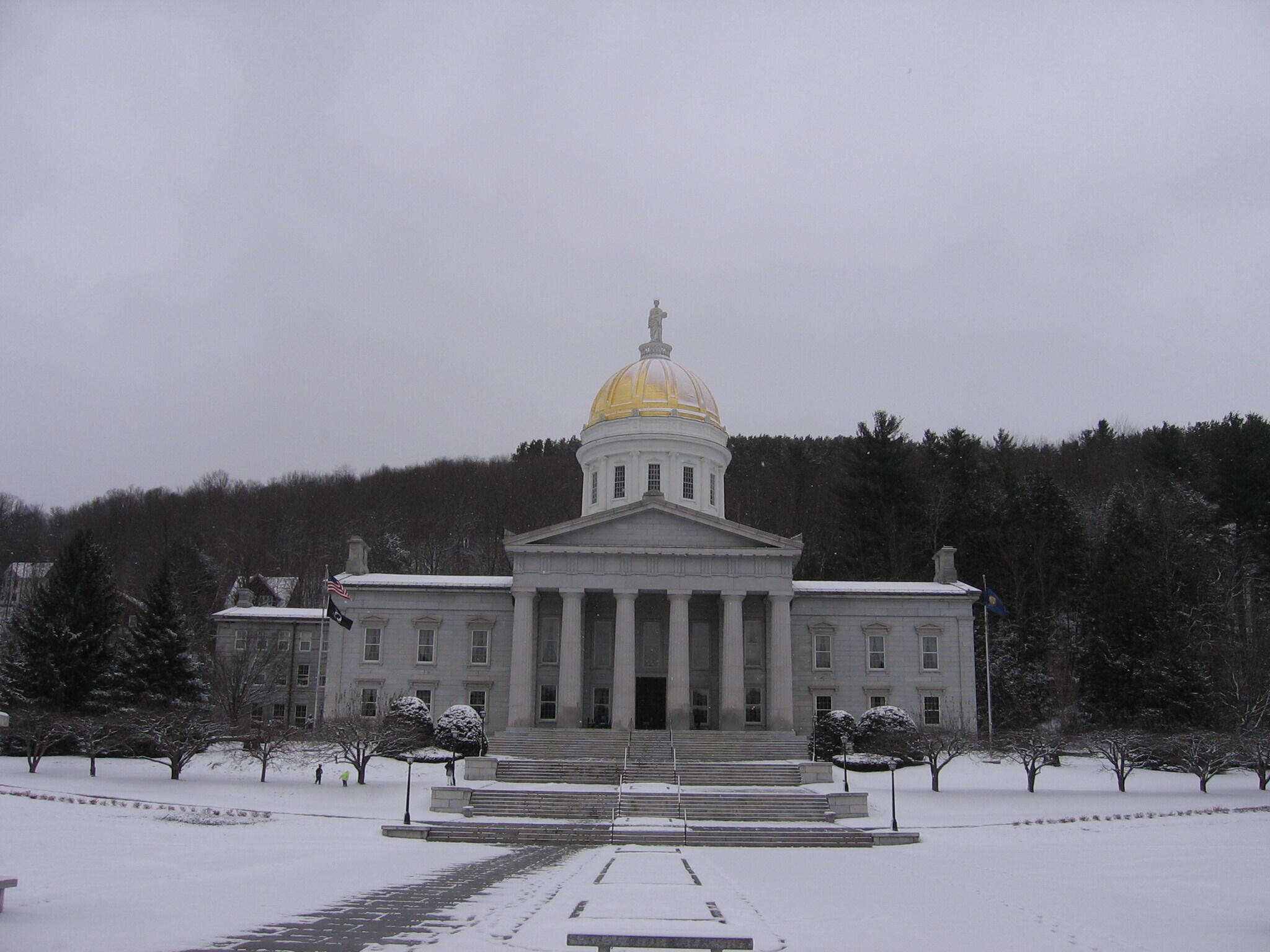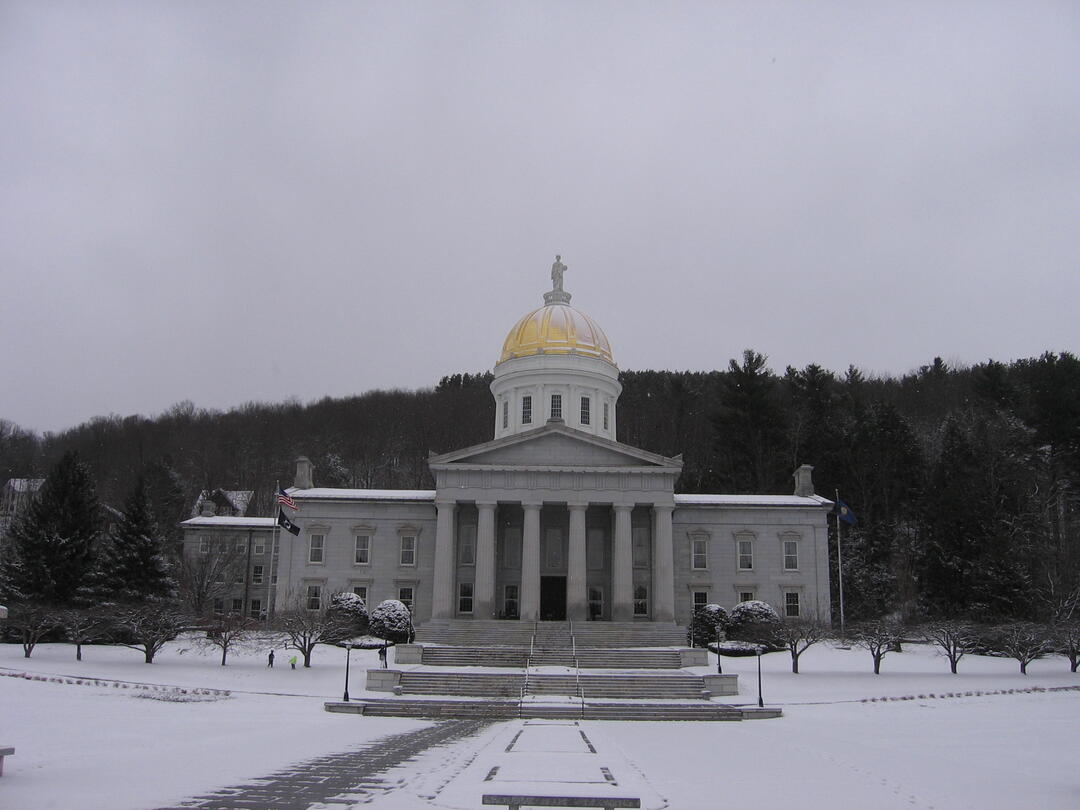Audubon Vermont is proud to support and participate in the 2021 Vermont Environmental Common Agenda as important work for our birds and our communities. The Common Agenda reflects the goals of a coalition of environmental and conservation organizations, including Audubon Vermont, and reflects our priorities for the legislation needed to protect birds and wildlife, while conserving other natural resources, protecting public health, and supporting prosperous communities. Every year the Vermont Conservation Voters publishes the Vermont Environmental Common Agenda, which provides a road map for our elected officials to follow as they consider many competing bills.
Here is a brief summary of the eight goals established in the common agenda that Audubon Vermont will work to advance, along with many other environmental organizations and partners.
Goal 1: Reduce the cost of transportation, heating and electricity costs while creating jobs.
With the pandemic still at the forefront of most of the legislative decisions being made, it is essential that our response and recovery measures focus on public health, affordability, equity, and the climate crisis.
In support of this goal, Audubon signed on to a letter in support of the Transportation Modernization Act which will make Vermont public transit free, will promote direct incentives to lower-income Vermonters to buy more efficient and affordable used vehicles, and will build electric vehicle infrastructure in lower income and rural locations. As Audubon’s Chief Executive Officer David Yarnold has said, “Climate change is the greatest threat facing birds in the US” and with transportation being the biggest source of greenhouse gases in this region, finding ways to reduce these emissions will help reduce impacts to our bird populations.
This goal focuses on cuttings the costs of heating by creating incentives for low to moderate income Vermonters to weatherize their homes, investing in workforce training programs for energy efficiency, and cutting the cost of electricity costs by investing in making renewable energy more accessible. Currently, the Senate Environment and Natural Resources Committee is working on legislation to provide public funding to support the weatherization of 120,000 Vermont homes.
Goals 2 and 3: Protect public health by reducing people’s exposure to toxic chemicals and reducing plastic pollution.
Not only are these goals important to Vermonters’ wellbeing but toxic chemicals and plastic pollution also impact our birds. Certain toxic chemicals, such as PFA’s and pesticides, accumulate in the environment over time and infiltrate our water sources, increasing the risk of developmental issues and threatening infant survival for birds, wildlife, and even humans. Toxic chemicals have a big impact on people’s health by weakening their immune systems and causing diseases such as cancer.
Lawmakers have the opportunity to ban toxic chemicals’ use in food packaging, ski wax, and other products to lessen their presence in our day-to-day lives. With regards to plastic pollution, this year’s objective is to expand the Bottle Bill to include a wider range of beverage containers and ban more single-use products.
Goal 4: Advance environmental justice and equity initiatives.
“Nationally and in Vermont, due to structural racism, Black, Indigenous, and People of Color have had less access to land, homes, and equity; have disproportionately borne the impacts of pollution and have far too often been left out of policy decisions that impact their lives. Environmental policy must work to rectify the structural racism that has created these disparities, while proactively supporting people who have been historically marginalized. This work also needs to listen to, and follow the lead of, recommendations coming from the Vermont Native American Commission and Abenaki tribal leadership.”
“Multiple bills are currently being developed by and with BIPOC experts - including through the work of Vermont Renews, the Vermont Releaf Collective, REJOICE, and others — to advance environmental justice and equity, including the BIPOC Land Access and Opportunity Act and the Environmental Justice Act legislation, and we urge the Legislature to take them up and move them forward. “
“We also support increased funding and staffing for the Office of Racial Equity to expand their work to identify and address systemic racial disparities in state government. We are committed to embedding these values in all of our work and will center the priorities identified by these constituencies.” Vermont’s 2021 Common Environmental Agenda.
Goal 5: Update Act 250.
Act 250 is Vermont’s land use and development law. Passing this law in 1970 was momentous, and remains a foundation of Vermont’s land protections. After fifty years, we have opportunities to update and modernize this landmark law. In 2020 the legislature passed an important bill that would have advanced many of our priorities thanks in no small part to the many calls, letters and messages from Audubon Vermont members. Unfortunately, Governor Scott vetoed the bill.
Despite this setback, advancing legislation to modernize Act 250 is still high on the agenda and we will continue to work with our partners to improve it. Some of the policies we will work to include and innovate include protecting intact forest blocks, improving river corridor protections, enacting provisions that address climate change, and incorporating equity principles. By protecting and managing forest blocks and river corridors, we ensure safe habitats for breeding and migratory birds.
Goal 6: Support downtowns and villages, farms and forest lands, and natural areas.
Our conservation goals are tied to the recovery of our state’s prosperity. We hope to encourage the leveraging of federal funds to increase investment in affordable housing programs, stimulate rural economic development and protect natural areas. Audubon Vermont has supported the Governor’s proposal of $34.8 million for the Vermont Housing and Conservation Board (VHCB) this year. VHCB provides vital support for the protection of Vermont’s working and natural landscapes, which are the essential habitats birds need to thrive.
Goal 7: Ensure clean water for all.
There is a continuous decline in our wetland, river corridor, and floodplain health which are all essential habitats for migratory and breeding birds. By investing and protecting these natural systems for birds and wildlife we can enhance clean water, which will benefit Vermonters who rely on these areas. At the same time, our birds and other wildlife all need clean water in order to thrive, just like people. Our state’s outdoor recreation-based economy also depends upon keeping our rivers, streams, lakes, and ponds clean. Ensuring clean water in Vermont is a win-win-win for birds, people, and our economy.
Goal 8: Foster a healthy democracy.
“We believe the long-term health of our planet is inextricably linked with the health of our democracy,” Vermont’s 2021 Common Environmental Agenda. The political divides at the federal level have made passing laws focused on wildlife and climate change difficult and sometimes close to impossible. Allowing ballots to be mailed in during November’s election led to a record-breaking turnout. The hope is to make voting-by-mail permanent so that community participation can continue to be as high and widespread as possible. Community involvement and support is essential in advancing our political agenda and increasing conservation efforts.
How can I learn more?
For additional information on the Common Agenda and specific proposed legislation see Vermont Conservation Voters’ full 2021 Common Environmental Agenda webpage: click here.






